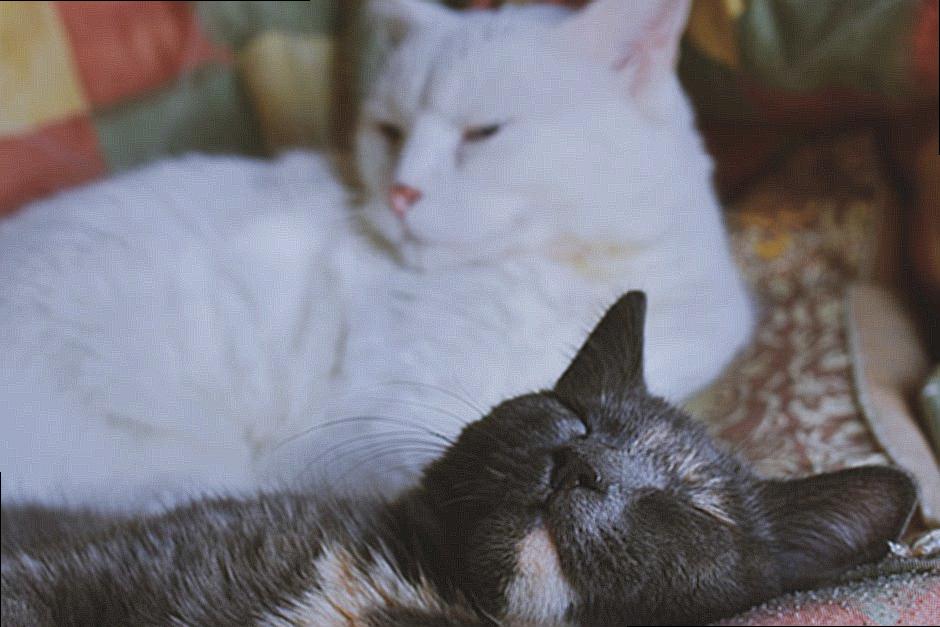
Cat declawing is a controversial surgery that involves surgically removing the claws of a cat. Owners of cats that have been destructive, have scratched furniture, or have scratched their owners are often using it as a last resort. Although some people believe that declawing is a humane and appropriate way to deal with cats that have become a nuisance, others argue that it is also cruel and inhumane, with long-term medical consequences. — — — — — — — — — — — — — — — — — — — — — — — — — — — — — — — — — — — — — — — — — — — — — — — — — — — — —
Declawing is an elective procedure in the United States that is not medically necessary. It can be accomplished by amputating the digits of the cat’s toes or by using a laser to remove the claw rim. Regardless of the method used, the procedure involves the excision of the last bone of the cat’s toes. This traumatizes the cat and can result in long-term medical issues. .
Cats will experience pain, swelling, and discomfort immediately after the procedure. They may have trouble crawling and using their litter box. In some instances, cats can contract an infection or have trouble healing themselves. Arthritis, nerve damage, and behavioral problems can be long-term medical complications resulting from declawing.

Arthritis erythematosus is the most common long-term medical problem that results from declawing. After the surgery, the cat’s toes are unable to carry weight properly, putting extra pressure on other joints and resulting in arthritis. Cats may also suffer nerve damage, which can cause them to experience pain and discomfort. This can lead to emotional difficulties, such as irritability, aggression, and resistance to be addressed.
There are also psychological problems that can arise as a result of declawing, as well as physical injuries. Cats that have been declawed may be afraid of human contact or may be withdrawn if they have been removed. They may also become more aggressive and scratch more often, biting or scratching more frequently. They may also become irritated or anxious and begin to urinate or defecate outside of the litter box.

Owners will have to make a difficult decision about declaring cats. Although it may seem like a simple way to deal with destructive cats, it can lead to long-term medical and behavioral problems. Before attempting to declaw your cat, it is vital to consider the risks involved. If you decide to proceed with the treatment, it is important to have it performed by a licensed veterinarian and to ensure that your cat is kept safe and pain-free throughout the recovery period.

